1. Asphalt shingles:

We’ll start with shingles to get it out of the way, because choosing an eco-friendly, durable roof covering starts first with dismissing any idea of installing asphalt shingles.
High-embodied energy, rarely if ever recycled, they deteriorate rapidly with UV rays, emit solvents into the air when exposed to sunlight, and because they are usually dark in colour they contribute to the ‘heat island effect’ of higher temperatures in urban areas.
Each year 11 million tons of shingles go to U.S. landfills, which amounts to an estimated 8% of total construction waste.
Shingles are the default roof covering, mostly because of price, but in a short time when you have to replace them, they won’t seem so cheap. And as the least durable of options, they constitute the greatest risk of leaking and causing water damage to your home.
Lifespan and cost: 12 to 20 years depending on the quality, weather, and debris from surrounding trees. This is the cheapest roofing material for a single installation, but its short lifespan will make it the most expensive choice over the life of a home.
2. Metal roofs:

While the extraction and rendering of metal roofing has a high-embodied energy, it will probably last your lifetime, and at the end of its life it is 100% recyclable.
The only recommended maintenance would be in 25 years or so when you might need to replace the screws because over time the rubber gaskets will break down with UV exposure.
Some profiles snap together on one edge, which covers the screws from the previous sheet. This design is often a bit more expensive, but eliminates the need for replacing scews in the future.
Depending on your pitch and location of entrances it’s often necessary for safety’s sake to install snow guards because when the snow wants to come down you really don’t want to be underneath.
One other characteristic is that depending on your roof style and insulation, it can be a bit noisy when it rains. Many people quite like that feature, myself included.
Lifespan and cost: A well-installed metal roof will easily 50 years and probably much longer. It is 2-3 times the cost of asphalt but will probably be the only roof covering you ever install.
3. Wooden roof (cedar shingles):

Pros: Highly resistant to moisture, rot and wind, very low embodied energy. They make for a beautiful, authentic and natural looking roof. As it is a completely natural material, it can be more responsibly disposed of than other materials at the end of its life
Cons: Installation is time consuming, hail can cause splitting of shingles, they aren’t permitted in all regions due to higher than average fire hazard and may need to be stained every 5 to 15 years depending on the type of finish.
Lifespan and cost: They will generally last over 30 years, warranties vary from 25 years and up. The cost is high given its relatively sort lifespan.
4. Composite roof shingles:

They are sometimes made from recycled fiberglass and asphalt shingles, however the content of recycled materials offered from manufacturers is still quite low.
Pros: Highly resistant to insects, rot and inclement weather conditions; long lifespan with very little if any maintenance required.
Cons: Time consuming installation, not highly recyclable at present.
Lifespan and cost: Often guaranteed to last 50 years, the cost compares to metal roofing at about 3 times that of asphalt.
5. Rubber roofs:

A great use for old tires and with high recycled content. Ground up rubber from tires is melted, and formed to look like many other shingle designs.
Pros: Very durable, very low maintenance, available in a wide variety of styles and colours.
Cons: Higher cost for installation, but like so many things they offer long-term net savings due to a longer lifespan.
The natural flexibility of rubber makes them a little more prone to damage in extreme winds, but no more so that conventional shingles. They are also known to smell like tires for a while, but that goes away after a couple of weeks.
Lifespan and cost: Most rubber shingle manufacturers offer at least a 30-year warranty, some as high as 50 years or even lifetime. Fairly high cost comparitively speaking.
6. Green roofs- intensive and extensive:

An intensive green roof, also known as a ‘rooftop garden’ refers to planting areas that have a depth of 6 inches and up. Deeper soil supports a greater variety of plants such as vegetables, shrubs and even small trees.
Extensive roofs are designed primarily for high performance water management and thermal advantages, while keeping the overall weight of the roof to a minimum. Soil depth ranges from 1.5 to 6 inches deep.
Extensive green roof:
Pros: A green roof blocks UV rays, reduces the urban heat island effect, offers great acoustic and thermal insulation, and is easy to install. You can generally grow hearty drought resistant plants like thyme, rosemary, or chives on them.
Cons: They are heavier than a conventional roof and may require structural reinforcement, and due to soil depth they don’t facilitate growing vegetable gardens.
Lifespan and cost: You can expect them to last 50 years or more if installed properly; the cost can be high to have it done by professionals, but if work is kept in-house with a good work crew, cheaper options are available.
As an alternative to conventional roofing surface for flat roofs, despite being much more expensive, a green roof can still have and better return on investment since they last so long, and help save costs on heating as well as cooling.
Intensive green roof (with garden):
Pros: It blocks UV rays and reduces the heat island effect, offers good acoustic and thermal insulation, and the deeper soil allows for food production and good absorption of rainwater, reducing your storm water runoff.
Cons: A vegetable garden obviously requires a lot of maintenance, an irrigation system, and you'll need structural reinforcement to support the added weight. Creating access to the roof to enjoy the space can be expensive, so factor that cost in as well.
Lifespan and cost: It will last 50 years if installed properly; the cost is slightly more than an extensive green roof and offers similar energy savings.
7. Fascia and soffit:

Fascia and soffit have more to do with your roof system than siding, so we’ll cover it here. Your fascia will probably see quite a bit of weather, and often being hard to get to, it's good to think about durability here.
Wooden fascia is a nice compliment to a home, but requires a lot of maintenance. It will usually see a lot more rain than your siding, so you will likely be repainting it before anywhere else.
Metal fascia is more expensive due largely to installation costs, but the lifespan and low-maintenance offers a pretty good return on investment.

Depending on your lot, roofline and size of overhangs, having to repaint your fascia can be a real hassle. installing metal fascia requires specialed equipment for bending the metal, so that means you will probably have someone else do the intial install, and you will likely never need to do any maintenance or replace it.
If you are going with metal fascia, have the soffit done as well. It offers great ventilation and it’s also a very low maintenance option that allows for excellent ventilation of attics. Read here about why roofs need to be ventilated and now to ventilate a roof properly.


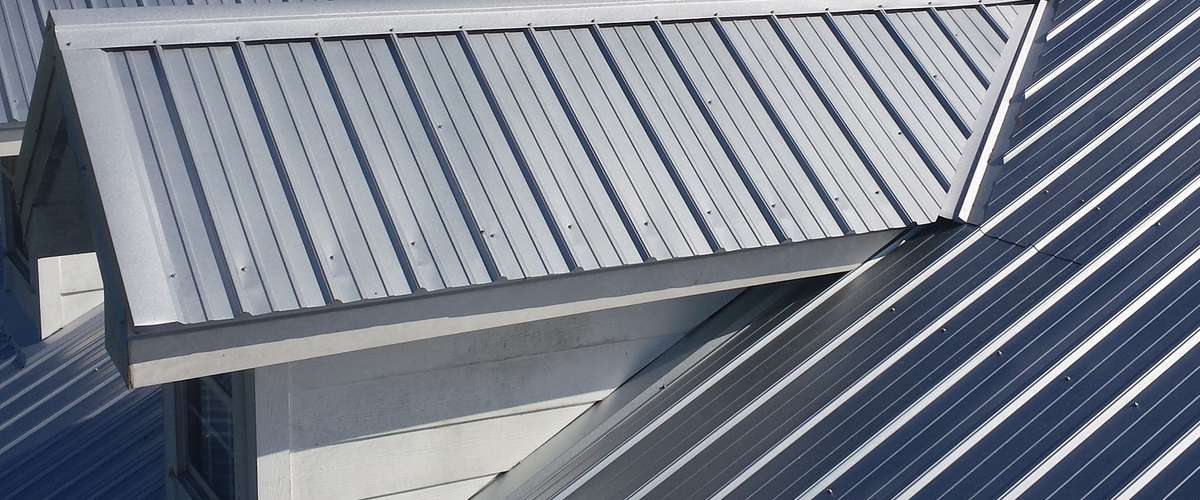





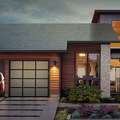







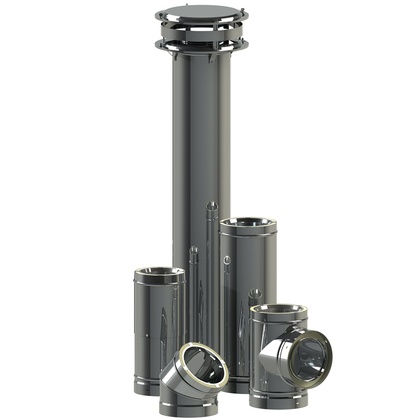

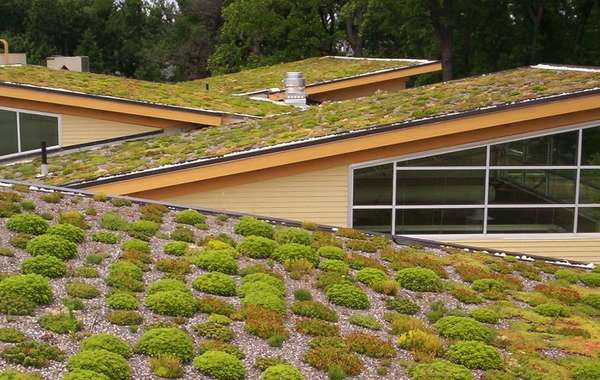
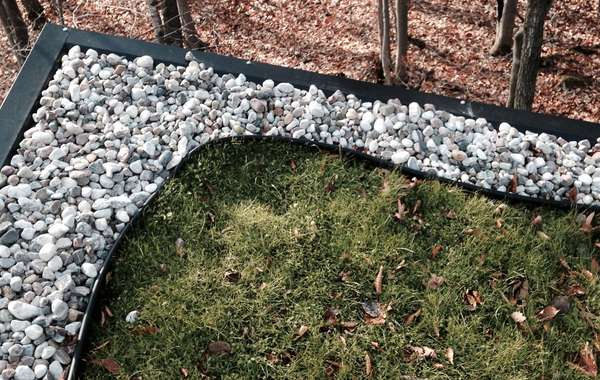
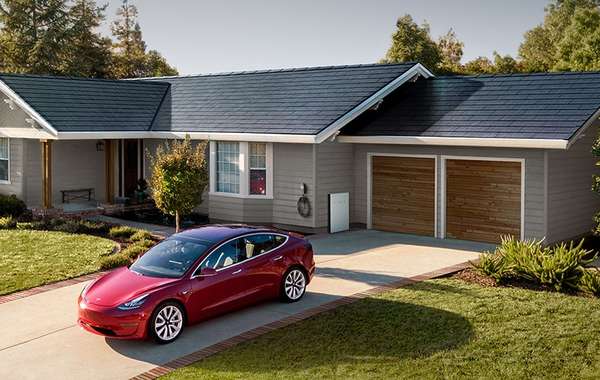
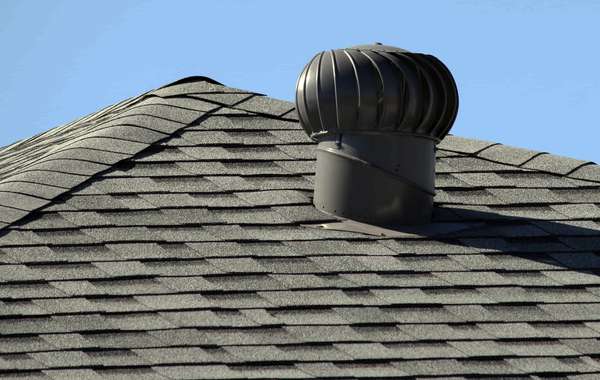
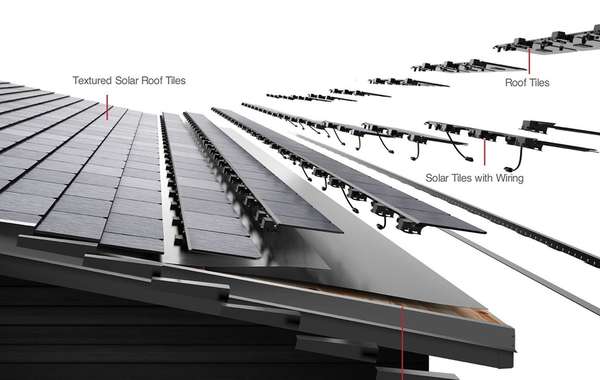
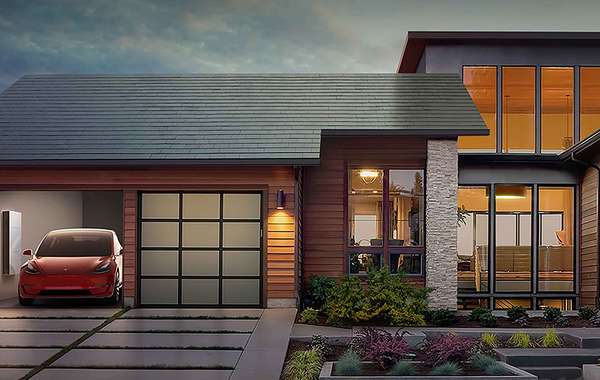
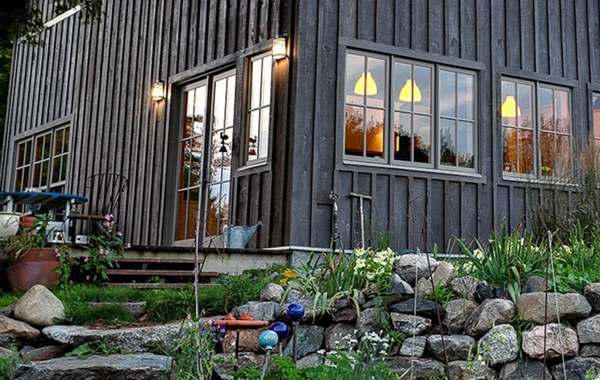
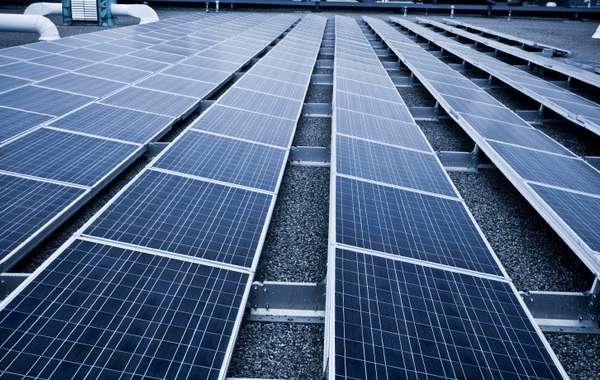
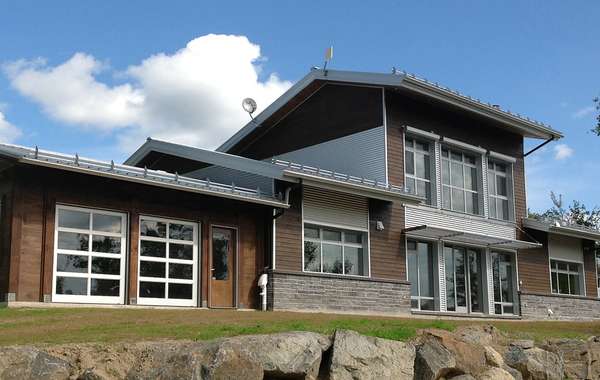
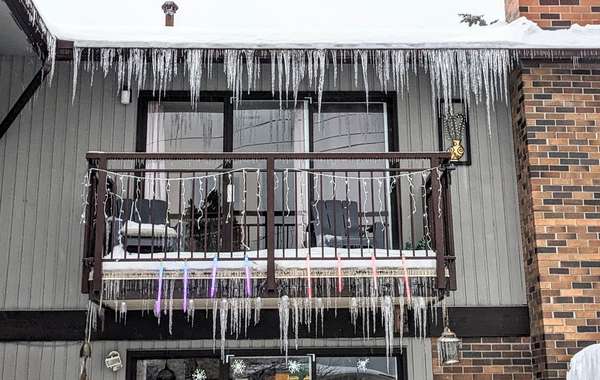

Thanks for the article. Has anyone had any experience with "Ondura"/Corrugated Asphalt Sheets?
Thanks for the article and the website!
I have some questions: Are any of those roofing materials more (or less) recommended if you're considering getting solar panels? And, do you know anything about Elon Musk's new Tesla solar roofs and shingles?
There are a couple of articles all about the Tesla solar roofs on Ecohome, yes.
Sustainable homes are gaining in popularity and the Tesla solar roof tiles are starting to make sense
How to get a Tesla solar roof installed in Canada
Hope these help!
For me, it is better to install metal roofing, because of its material is durable that could last for many years. In order to make it last metal roofs should be painted and maintained properly.
Love the first line of this article. I was forced to install a new ashphalt roof when we took possession of the house some years back. I have regretted it ever since. If I had to design a system to retain just the right amount of moisture and nutrients, while providing adequate roughness for moss and small plants to adhere to, I'd invent the ashphalt tile. Cleaning sand out of the gutters is an added bonus. Not to mention blistering hot summer days. Give it enough time and I'll have the most lush green roof possible.
Tile? Slate? Metal Shingles? Aluminum Shingles?
If you are going to do an article, why not do it completely?
Actual comparative cost of each option?
Embodied energy/carbon over life?
Dsiposal of all options?